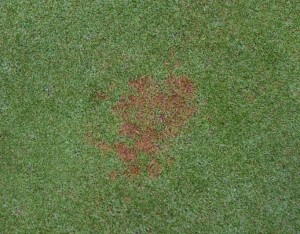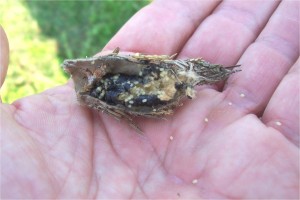Vegetable Briefs
- Cucurbit downy mildew was reported on cucumber in Caroline County, MD this Friday (6/21). This is the first report of CDM this year in the region. All cucurbit growers should scout their fields on a regular basis and consider adding downy mildew specific fungicides to their regular maintenance program.
- Pith necrosis has been reported on tomato.
- Basil downy mildew was reported near Vineland last week! All basil growers should continue to scout their fields and apply preventative fungicides.
- Late blight was reported on tomato on the Eastern Shore of Virginia and in Montgomery County, MD this past week. These are the first reports of Late blight in the region this year.
- To track late blight in the US please visit http://usablight.org/
- Want more information on what’s going on, please sign up for the Jersey Vegetable Crop Ag Updates at: http://jerseyvegcropsagupdates.blogspot.com/.


